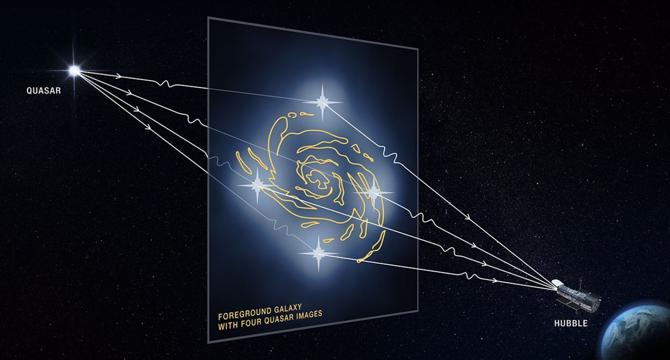Brighter Side of News
1w
21

Image Credit: Brighter Side of News
Astrophysicists use quasars to detect invisible gravitational waves
- Astrophysicists from the University of Colorado Boulder are utilizing quasars to detect elusive gravitational waves in the universe.
- By analyzing data from the Gaia satellite, researchers study the movements of over a million quasars to understand how gravitational waves affect their positions.
- Gravitational waves cause subtle movements in quasars, which appear stationary but actually wiggle due to the waves passing through spacetime.
- Unlike previous methods that detect gravitational waves in one direction, this new approach could identify waves moving in multiple dimensions.
- By pairing billions of quasar measurements, researchers set a stringent limit on the strength of gravitational waves, indicating how subtle these waves can be.
- Gravitational waves offer insights into fundamental physics and can help differentiate between waves from black hole collisions and other cosmic events post-Big Bang.
- While challenges exist due to Earth's movement in space, optimism remains high that future Gaia data could uncover more about these mysterious cosmic signals.
- The research, published in The Astrophysical Journal Letters, highlights the potential of using quasars to unveil the secrets of gravity and galaxy evolution.
- Discovering hidden gravitational waves in the vast dataset of quasar measurements could revolutionize our understanding of the universe.
- Despite the faint signals, the importance of detecting these cosmic whispers lies in offering clues about the nature of reality itself.
Read Full Article
1 Like
For uninterrupted reading, download the app